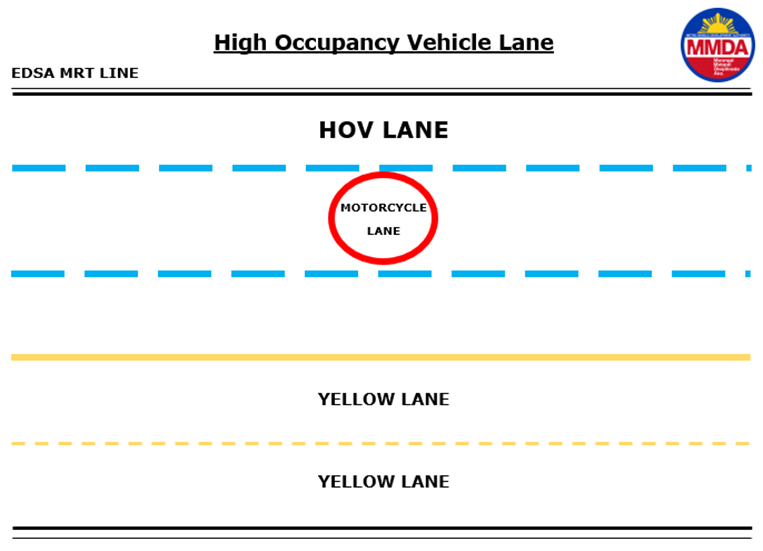
The Metropolitan Manila Development Authority is trying out a new tool in its never-ending fight against increasing traffic levels: carpool lanes. In a press conference today, MMDA assistant general manager for planning Jojo Garcia announced that the agency will conduct a one-week dry run of the implementation of a High-Occupancy Vehicle lane along EDSA, with the scheme starting on Monday, December 11, at 6am.
The carpool lane, located at the fifth and leftmost lane along EDSA, was approved by the Metro Manila Council, the policymaking body of the MMDA. Only vehicles with two or more passengers onboard will be allowed to use the HOV lane. Motorcycle riders can also use the lane, next to the dedicated motorbike lane, while car drivers with no passengers onboard can still use the motorcycle lane (second) and the third lane from the MRT line.
Just as with the recent stricter enforcement of motorbike and PUV lanes, all violators of the HOV lane will receive their tickets via the MMDA no-contact traffic apprehension method, where CCTV systems and digital cameras are being used to document violators who will then receive their fine in the mail. Any fines must be paid within seven days from receipt unless the driver decides to contest it, in which case a protest must be filed at the MMDA Traffic Adjudication Division within seven days.
The fine for violating the carpool lane is P500.
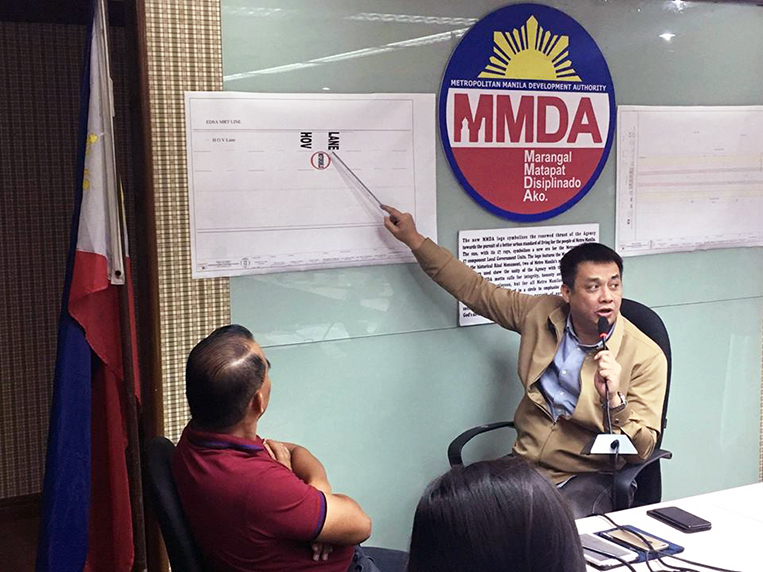
Besides introducing the carpool lane, the MMC also approved the lowering of the speed limit from 60km/h to 50km/h, a measure the agency hopes will further reduce accidents. Two other ideas—namely, the proposed odd-even scheme and the two-day number-coding scheme—have been deferred and won’t see the light of day for now.
HOV lanes are, of course, nothing new and are being used in many countries around the world. In the US, these traffic-reducing high-occupancy lanes have been around since the 1970s, while Canada has had them since the 1990s. Even Europe is introducing more and more of them due to rising traffic levels. Few people will argue, however, that Metro Manila is a prime candidate for this approach, which has been in discussion since at least 2015, when the then secretary of the Department of Public Works and Highways, Rogelio Singson, was recorded as saying that carpooling is one of the schemes the government was looking at to effectively reduce vehicle volume along EDSA.
Let’s hope the dry run goes well so we can all look forward to faster and better journeys along our favorite thoroughfare.

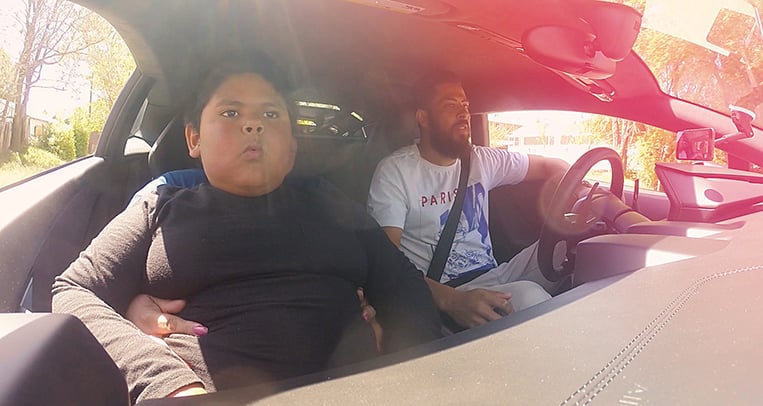
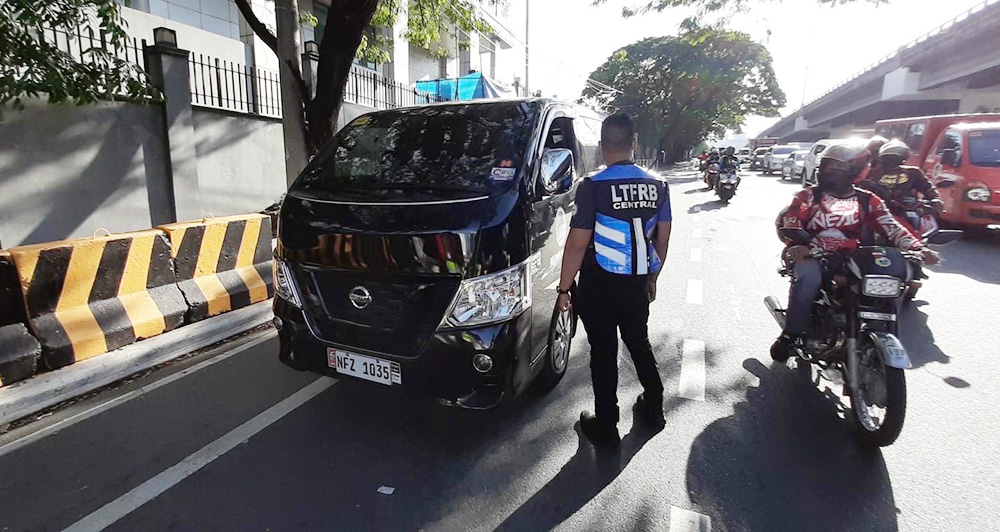
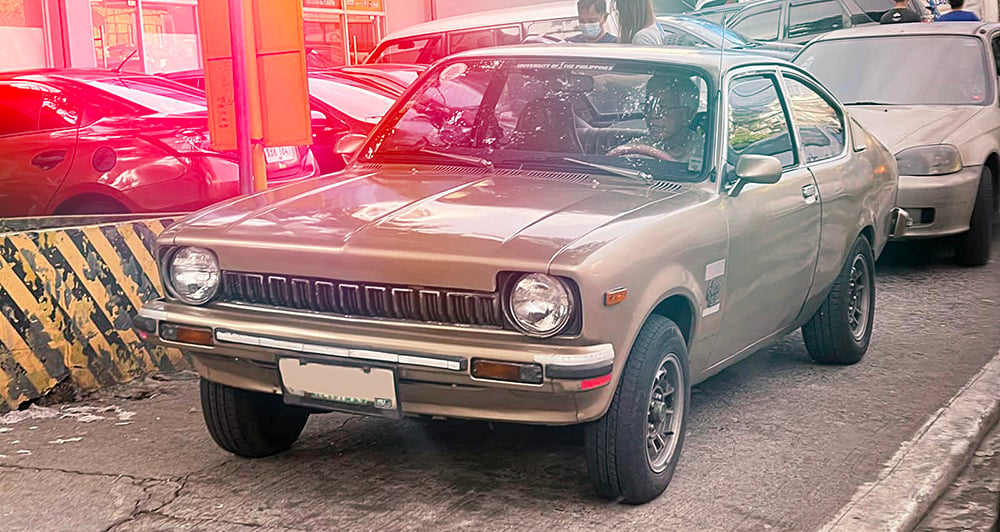
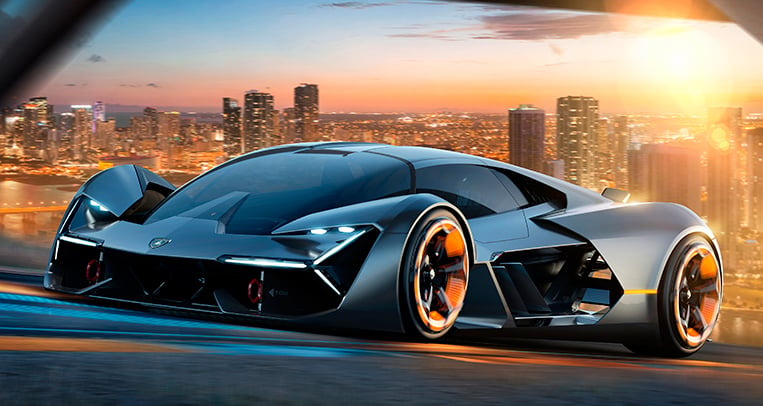
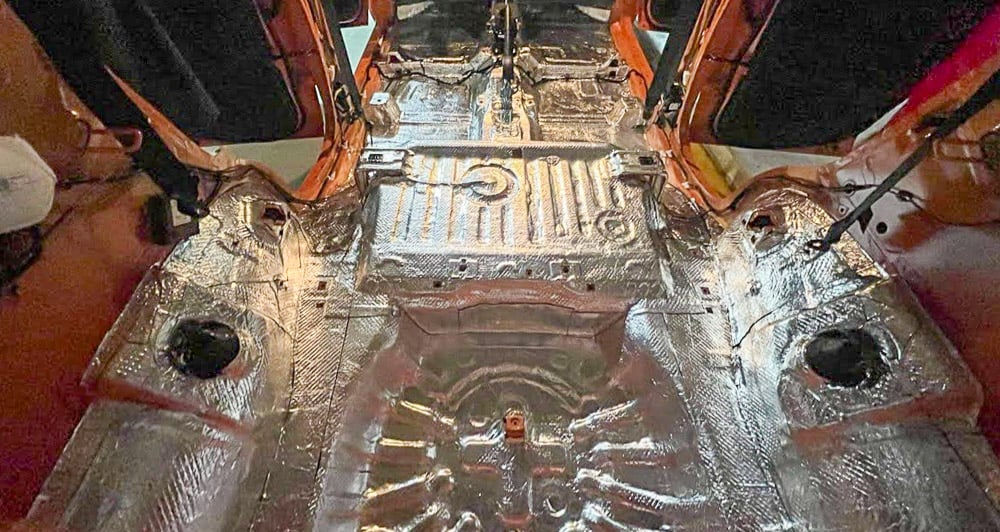
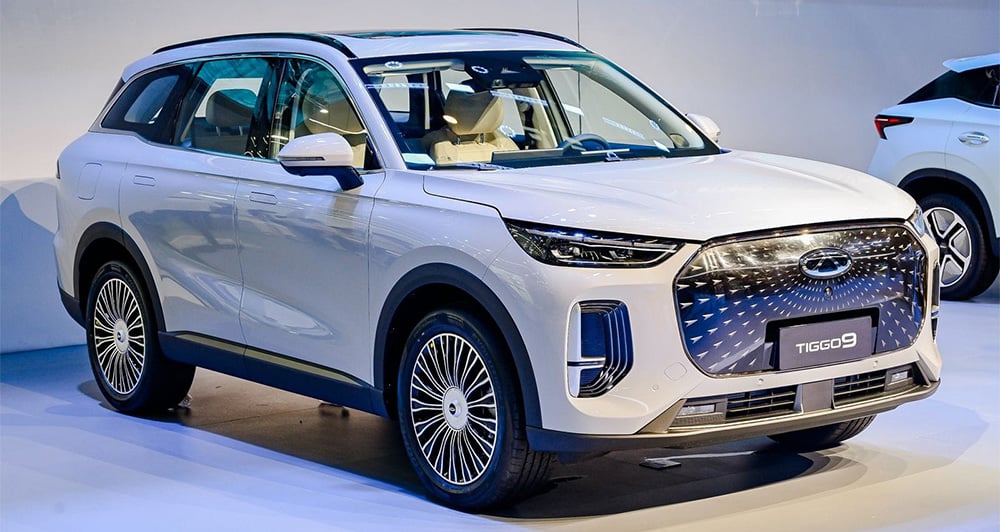
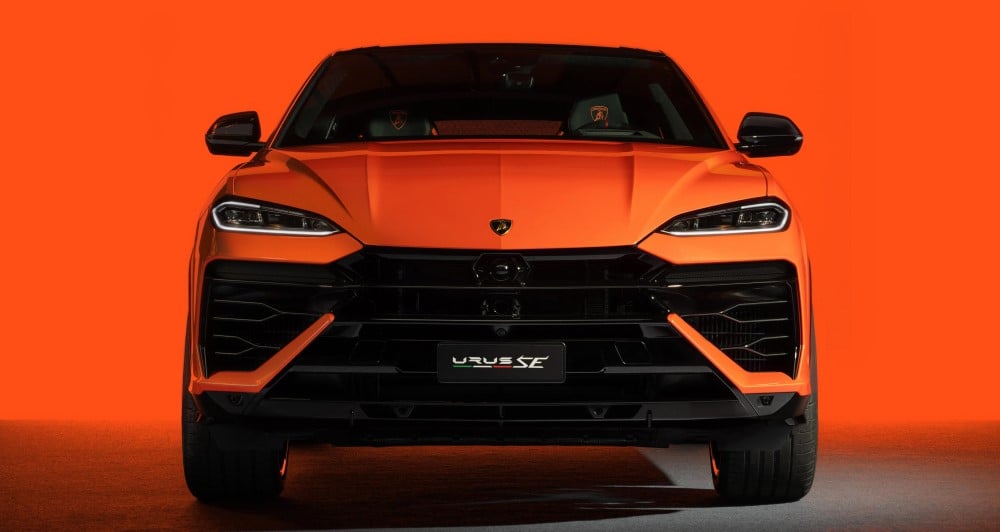
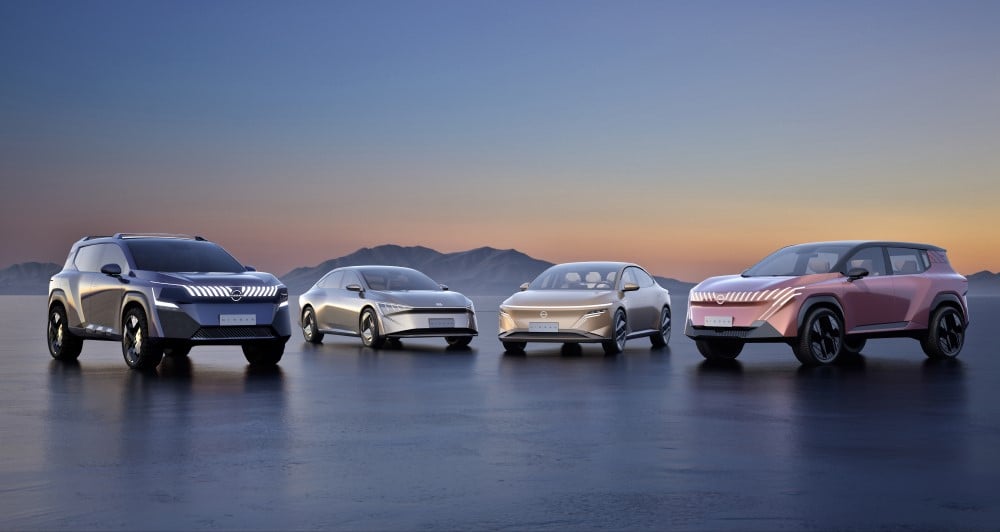
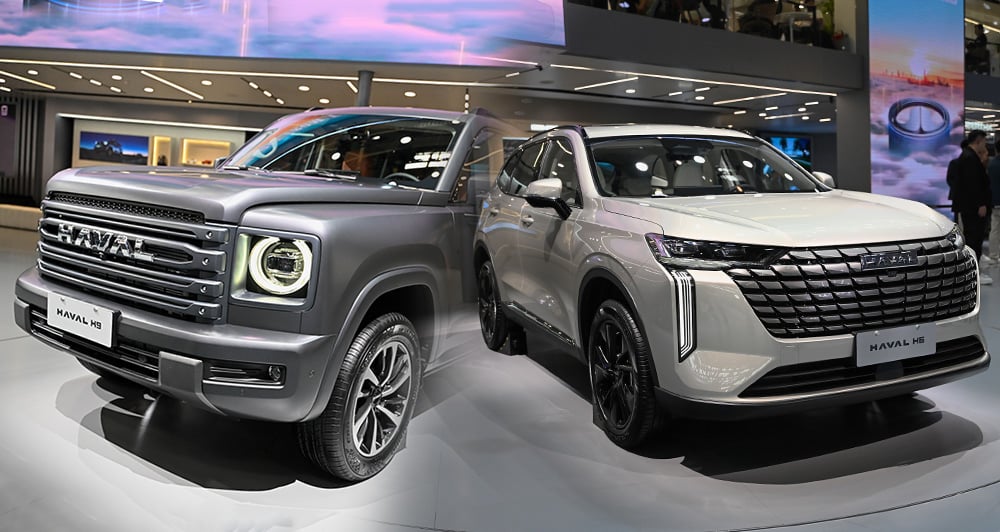
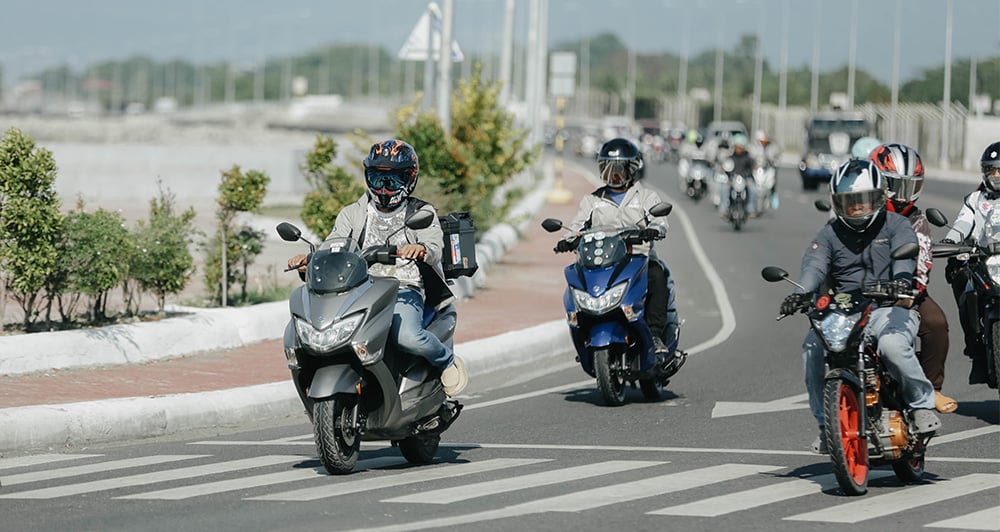
Comments